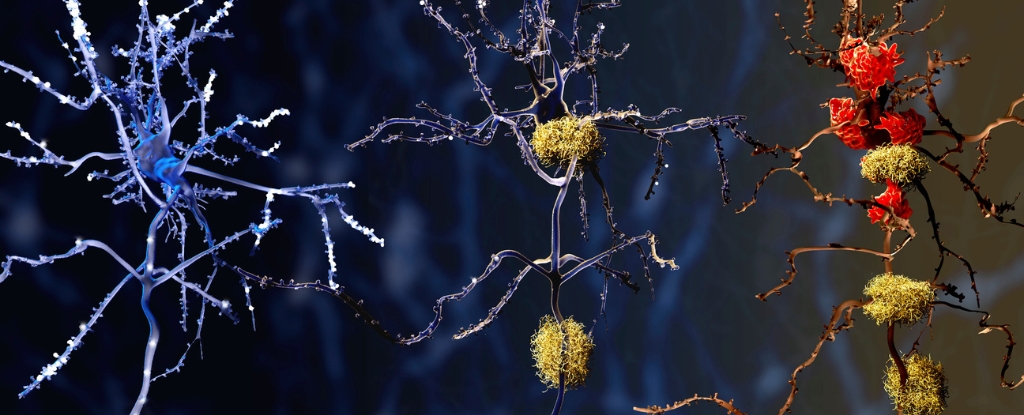Two of the most advanced telescopes, NASA’s Hubble Space Telescope and the James Webb Space Telescope (JWST), have recently captured a stunning and somewhat eerie view of two merging spiral galaxies, IC 2163 and NGC 2207. The Canis Major constellation is situated around 80 million light-years away. These galaxies are slowly blending into one another. This is a process that according to experts, will span approximately a billion years. The resulting image, released just in time for Halloween, showcases what scientists describe as a “blood-soaked” appearance, adding a spectral quality to this cosmic phenomenon.
A Fusion of Light and Data
As per the latest report by Webb Space Telescope, the Hubble and Webb telescopes each contribute unique perspectives on this. Hubble’s visible and ultraviolet light sensors depict the star-strewn arms of these galaxies in shades of blue, with their dense cores glowing a striking orange. JWST’s mid-infrared image, on the other hand, presents the swirling dust and gas in a pale, almost ghostly white. As explained this contrast by the JWST team provides insights into the various wavelengths emitted as the galaxies interact. As reported by Space.com, these observation reveals the turbulence and ongoing star formation triggered by the gravitational forces between the galaxies.
Decades of Supernovas and Star Births
As these two galaxies continue their gradual integration, they generate new stars at a quick rate—roughly two dozen solar-sized stars annually, based on current estimates. This duo has produced at least seven supernovas over recent decades, a much higher rate than that seen in our own Milky Way. The Milky Way experiences one every 50 years. According to NASA, IC 2163 and NGC 2207 first approached each other about 40 million years ago, resulting in the current close orbit that is now slowly diminishing.
The Slow Dance Toward Unity
Experts speculate that as the merging continues, the two galaxies will eventually form a larger, unified structure. This fusion process is expected to produce a stronger, brighter core and potentially new spiral arms as the galaxies’ gas and dust settle. Until then, images from these telescopes offer a compelling view of a process set to play out over millions of years.





